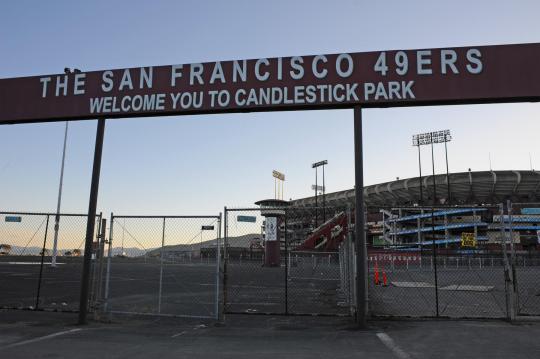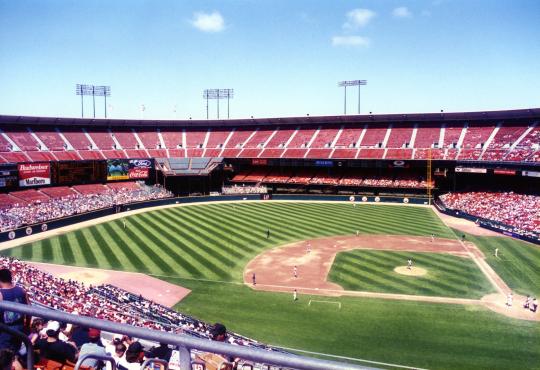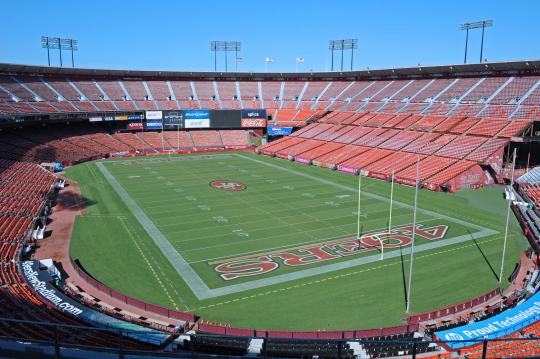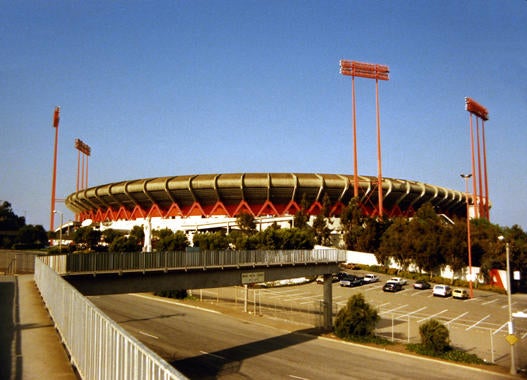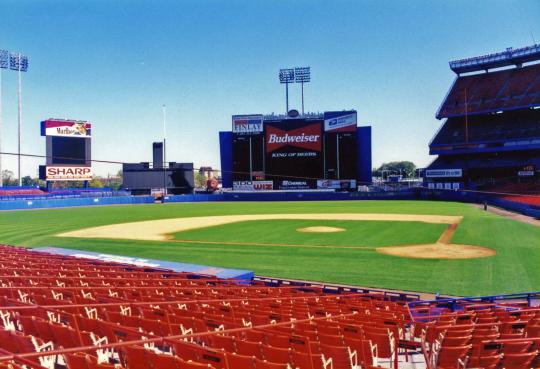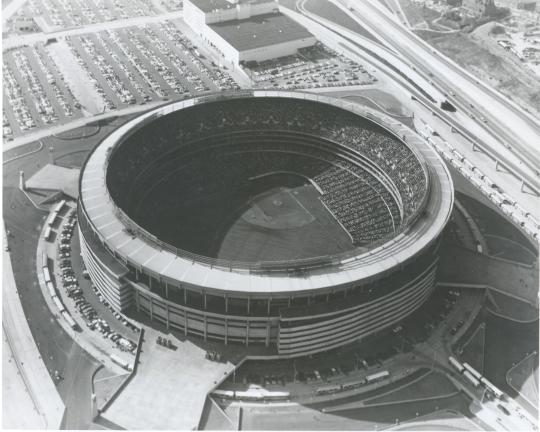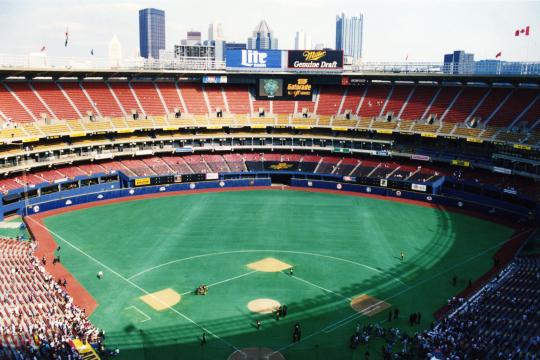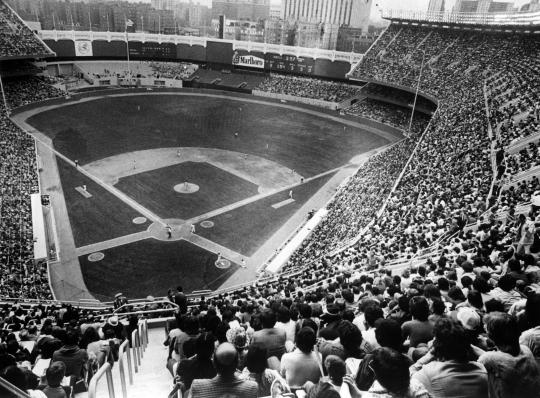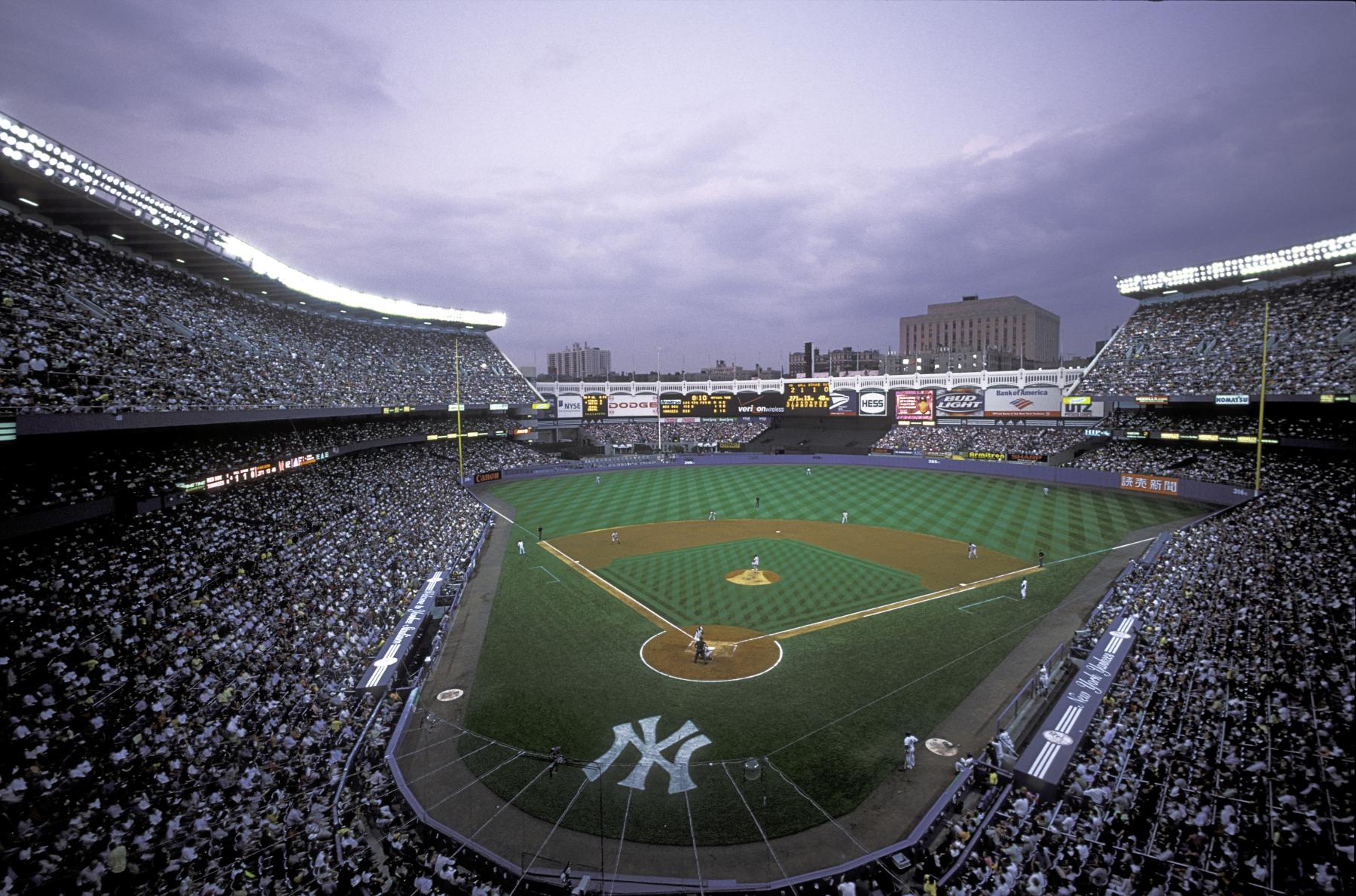Ballparks Brought Down
But, as the Yankees sanctuary began to deteriorate, the team decided it was time to build a new home. In August of 2006, construction on the new Yankee Stadium began. After the demolition of the old stadium in March 2009, the Yankees played their first game at the new ballpark on April 16 of the same year.
Famous moments in sports and entertainment alike have taken place in baseball stadiums. And even though some stadiums of old have come down, new ballparks have risen in their place, and people will continue to fill them to witness new moments and make new memories. As former Chicago White Sox executive and now hall of famer Bill Veeck once put it, “The most beautiful thing in the world is a ballpark filled with people.”
Andrew Bevevino is the 2015 digital strategy intern in the Frank and Peggy Steele Internship Program for Leadership Development.

